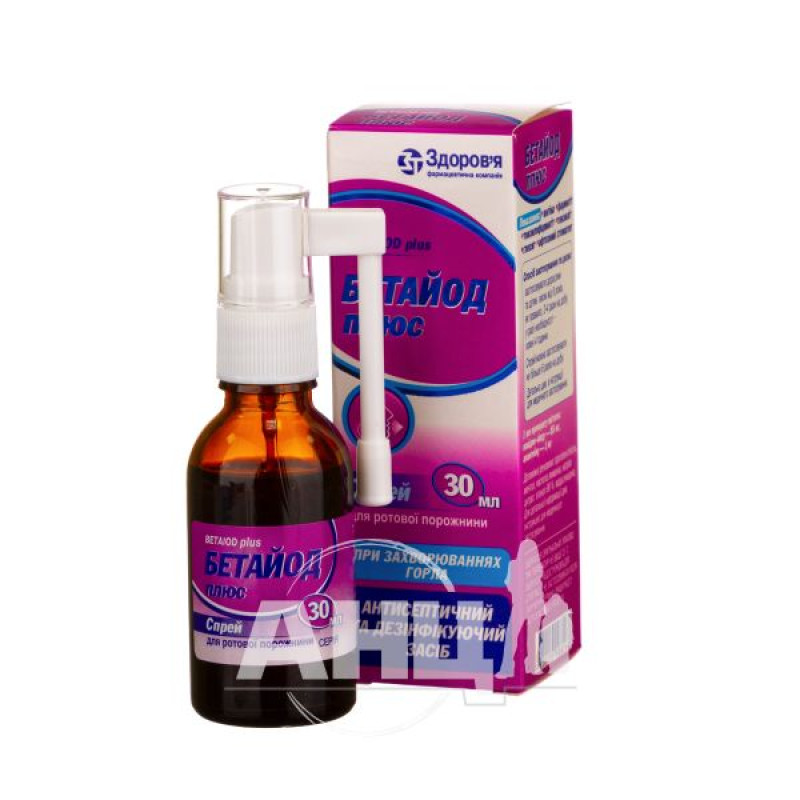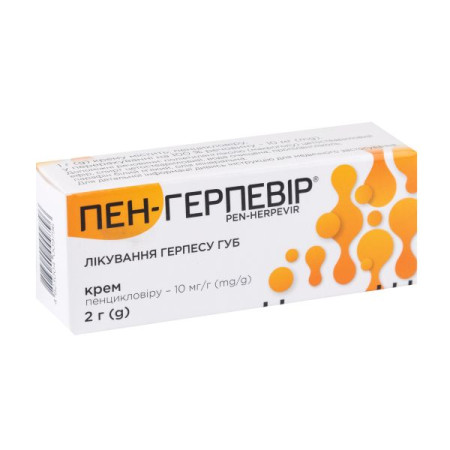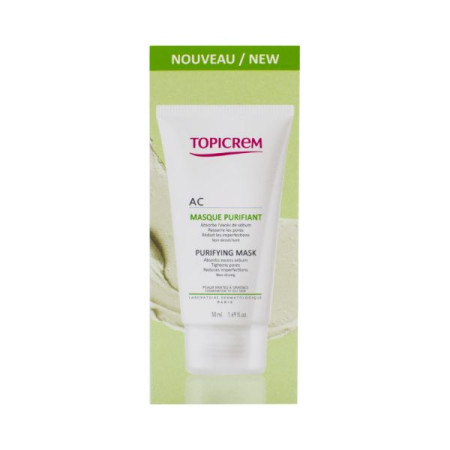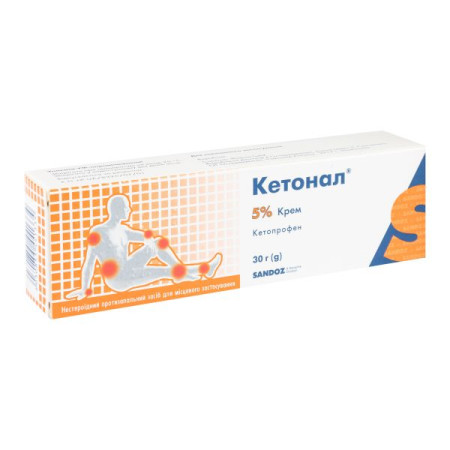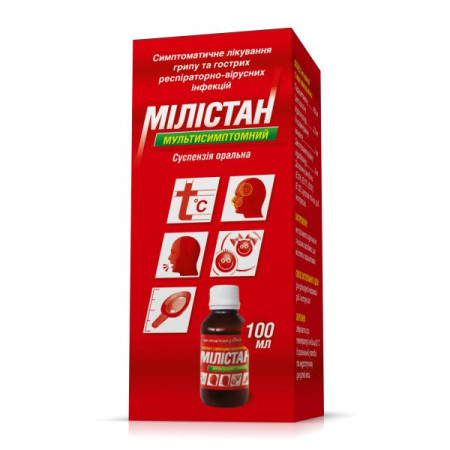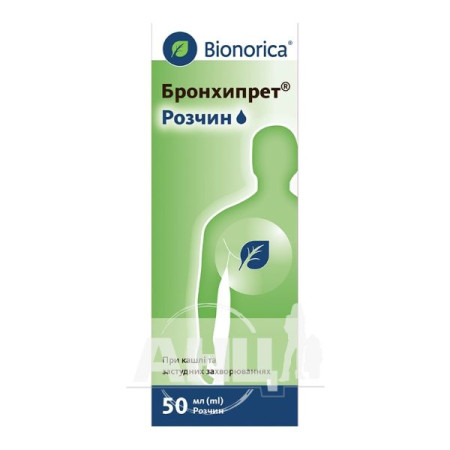Betaiod Plus oral spray bottle 30 ml
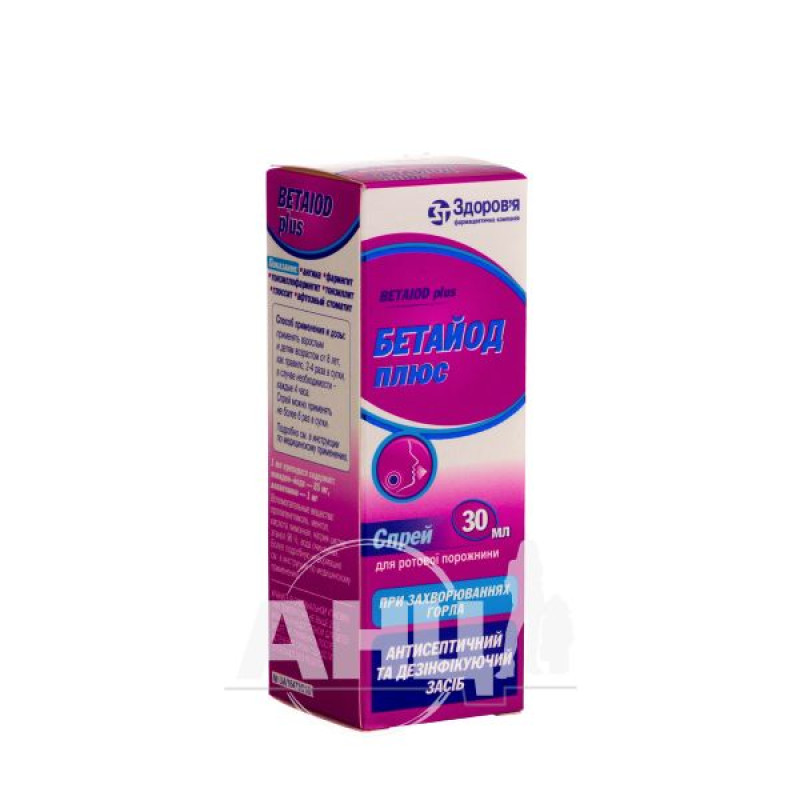
The drug "Betaiod Plus" is used for the following indications: disinfection of the oral cavity and throat in inflammatory and infectious diseases: angina, pharyngitis, tonsillopharyngitis, tonsillitis, glossitis and stomatitis; as part of complex treatment with antibiotics for streptococcal angina; the first symptoms of acute respiratory viral infections.
Composition
1 ml of the drug contains (active ingredients):
PVPiodine - 85 mg; allantoin - 1 mg.Excipients: propylene glycol, menthol, citric acid, sodium citrate, ethanol 96%, purified water.
Contraindication
hypersensitivity to the components of the drug; dermatitis herpetiformis of Duhring; hyperthyroidism, adenoma or dysfunction of the thyroid gland; decompensated heart failure; renal failure; two weeks before and after examination or therapy with radioactive iodine.Method of application
Apply the spray topically to the mucous membrane of the oral cavity and pharynx.
Spray the drug from a bottle with an oral spray device.
Remove the safety cap.
Press 2-3 times until the solution enters the sprayer and starts spraying after pressing.
Insert the tube of the oral spray into the oral cavity, hold your breath and press 2 times, each time directing the jet of the drug to the corresponding area of the throat cavity on the right and left. When using the bottle, it is necessary to hold it vertically.
Do not inhale or swallow the sprayed solution.
Apply to adults and children over 8 years of age, as a rule, 2-4 times a day, if necessary - every 4 hours.
The spray can be used no more than 6 times a day.
Elderly patients and patients with hepatic insufficiency should have their dose adjusted.
The duration of treatment depends on the nature and course of the disease and is determined by the doctor individually.
Application features
Pregnant women
PVIod should not be used during pregnancy.
Iodine can pass into breast milk. The detected iodine concentrations in the blood and urine of breast-fed infants were many times higher than those observed in their mothers who used povidone-iodine. High serum iodine concentrations can lead to the development of congenital hypothyroidism in breast-fed infants, therefore povidone-iodine should not be used during breast-feeding.
Children
Use for the treatment of children aged 8 and over.
Children aged 8 to 12 years should use the drug under the supervision of a physician.
Children should use the drug with caution, given the possibility of laryngospasm.
Drivers
The use of the drug does not affect the ability to drive vehicles or other mechanisms.
Overdose
With proper local application of the drug in the oral cavity or pharynx, no cases of overdose were observed. However, in the case of swallowing iodine solution, acute poisoning developed. Patients initially felt a metallic taste in the oral cavity, vomiting, stomach pain and diarrhea began. Within 1-3 days, anuria, swelling of the glottis with subsequent asphyxia, aspiration pneumonia or pulmonary edema were observed. In some cases, even severe circulatory disorders were observed.
Treatment is symptomatic and initially includes standard measures to prevent further absorption in the gastrointestinal tract. The patient should drink milk and brewed starch. If the esophagus is not damaged, gastric lavage can be performed. In addition, activated charcoal and a 1-5% solution of sodium thiosulfate should be taken, which ensures the reduction of iodine to iodide. There is no specific antidote.
Side effects
The drug is usually well tolerated.
The frequency of adverse events was assessed according to the following principle: very common (> 1/10), common (≥ 1/100, <1/10), uncommon (≥ 1/1000, <1/100), rare (≥ 1/10000, <1/1000), very rare (<1/10000), including isolated reports.
On the part of the immune system: very rarely - symptoms of hypersensitivity, anaphylactic shock.
From the gastrointestinal tract: rarely - dry mouth.
Skin and subcutaneous tissue disorders: rarely - allergic reactions to iodine may occur, requiring discontinuation of the drug: itching, hyperemia, urticaria. Very rarely - angioedema.
General disorders and administration site conditions: common: burning sensation at the application site (especially in children), dry mouth.
Damage, poisoning and complications during the procedure: iodism (metallic taste in the mouth, increased salivation, swelling of the eyes, larynx, lungs, skin rash, gastrointestinal disorders, systemic side effects in the form of metabolic acidosis, hypernatremia, impaired renal function, diarrhea) after prolonged use.
Storage conditions
Store in the original packaging at a temperature not exceeding 25 °C, out of the reach of children.
Shelf life - 2 years.
There are no reviews for this product.
There are no reviews for this product, be the first to leave your review.
No questions about this product, be the first and ask your question.






